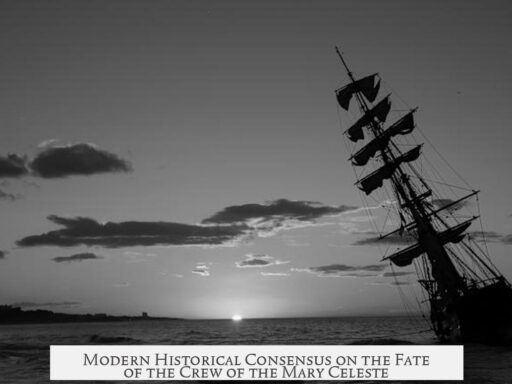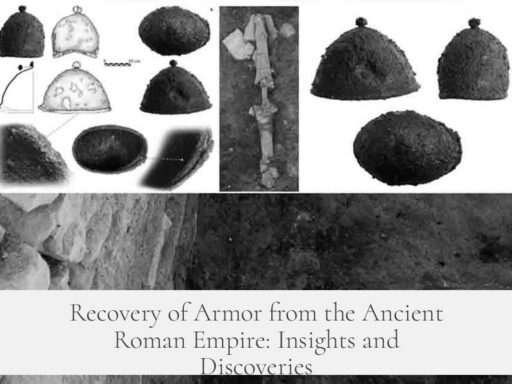The Philippines never became a Spanish-speaking nation despite over 300 years of Spanish colonization due to a combination of historical, social, and political factors. Spanish was never imposed as a mandatory language, missionaries preached in native tongues, education included local languages, the majority rural population remained outside Spanish-speaking urban elites, and later American rule replaced Spanish with English. This prevented Spanish from becoming a dominant language among the general population.

Spanish arrived in the Philippines in the 16th century. Initially, it had optional status rather than being enforced. Missionaries prioritized preaching in local languages, aligning with their evangelization strategy. This minimized direct pressure on people to adopt Spanish as their first or primary language.
During colonial times, education expanded with institutions like Universidad de San Carlos and Universidad de Santo Tomás. These schools taught Latin and Spanish but also emphasized local languages. Most Filipinos, especially outside urban centers, continued using their native tongues. The multilingual educational approach limited the spread of Spanish beyond elites.

By the 19th century, Spanish functioned as a lingua franca within cities and official institutions. It was common in governance, commerce, politics, and the press. However, Spanish speakers never exceeded 40 percent of the population. The bulk of Filipinos were peasants and fishermen who neither needed nor learned Spanish. Thus, Spanish dominance was largely confined to urban, administrative, and elite social spheres.
Following independence from Spain, Spanish remained the language of official documents and law. The Philippine Constitution was drafted in Spanish, reflecting its continuing formal use. This situation changed under American colonization starting 1898. In 1913, U.S. authorities introduced English-only policies. English became the official language of government and education, replacing Spanish. At courts, Spanish speakers needed translators as English became the legal lingua franca.

The decline of Spanish accelerated during and after World War II. Key Spanish-speaking neighborhoods in Manila suffered destruction, eradicating much of the Hispanic community core. The loss of these urban cultural centers stripped Spanish of its speaker base. Post-war, Spanish had virtually disappeared as a living language among the population.
Despite its decline, Spanish left lasting linguistic marks. Thousands of Spanish loanwords entered Tagalog and other local languages. The Spanish-based creole language Chabacano survives, spoken by over a million Filipinos, reflecting the enduring colonial linguistic influence.

| Factor | Explanation |
|---|---|
| Optional introduction of Spanish | Spanish was not imposed; missionaries preached in native languages. |
| Education in multiple languages | Schools taught Latin, Spanish, and native languages; locals favored native tongues. |
| Spanish as urban lingua franca | Limited to cities and elite classes; rural majority remained non-Spanish speakers. |
| American colonial language policy | English replaced Spanish as official and educational language. |
| Destruction of Spanish-speaking communities | WWII bombing eradicated key Spanish cultural areas in Manila. |
| Lingering linguistic legacy | Spanish vocabulary persists; Chabacano creole remains in use. |
In sum, the Philippines never became a Spanish-speaking nation because the Spanish language never fully penetrated the majority rural population. Spanish influence stayed strong in cities and among elites but was supplanted by native languages and later by English through American governance and education policies. The destruction of Hispanic communities during World War II further diminished Spanish usage. Still, Spanish left linguistic legacies visible in modern Filipino languages and through the Chabacano creole.
- Spanish was introduced as an optional language; missionaries used local tongues instead.
- Education mixed languages, with native languages prevailing.
- Spanish dominated cities and elites but did not spread widely among rural populations.
- American colonial rule replaced Spanish with English in education and government.
- WWII destroyed Spanish-speaking neighborhoods, reducing speakers drastically.
- Spanish influence persists through vocabulary and the Chabacano creole language.
Why the Philippines Never Became a Spanish-Speaking Nation, Despite 300+ Years of Colonization

The Philippines, colonized by Spain for over three centuries, surprisingly never became a Spanish-speaking country like its Latin American counterparts. So, what explains this fascinating linguistic divergence? Let’s dive into history, language policies, education, and cultural dynamics to unravel this puzzle.
At first glance, it seems odd. Spain held the Philippines from 1565 to 1898 — over 300 years. Yet, unlike Mexico or Peru, where Spanish is the dominant language, most Filipinos today speak Filipino and English, not Spanish. What happened? The answer is layered and nuanced.
Spanish Language: More Optional Than Mandatory
When Spain arrived in the Philippines in the 16th century, missionaries and priests took charge of spreading Christianity. But here’s the twist: those clergymen often preached in native languages, not Spanish. The Spanish language was introduced, yes, but learning it remained optional for the locals. Unlike Latin America, where Spanish became the administrative backbone from early on, in the Philippines the colonial rulers did not enforce Spanish as the primary spoken tongue.
This practical choice stemmed partly from Spain’s mission strategy—evangelize first in languages that locals understood. Using native languages meant easier conversions. Also, the archipelago’s extreme linguistic diversity meant no single local language dominated, so a blanket imposition of Spanish faced natural resistance.
Education’s Mixed Linguistic Cocktail
By the 17th and 18th centuries, Spain established prestigious universities like Universidad de San Carlos and Universidad de Santo Tomás. These schools taught mainly in Latin, used Spanish, but didn’t neglect native languages. Education became a multilingual affair, catering to colonial elites while the rural masses stuck with their mother tongues. Most Filipinos never fully adopted Spanish here either, as native languages formed their daily communication backbone.
This contrasts sharply with Latin America, where Spanish-language education penetrated more deeply. In the Philippines, many still rely on Tagalog, Cebuano, Ilocano, and another hundred plus languages. Spanish never outpaced this linguistic mosaic.
Spanish: A Lingua Franca for the Few, Not the Folk
By the 19th century, Spanish had gained prominence in urban centers of Manila and other cities. It thrived in government, courts, newspapers, commerce, and politics. Spanish became the official lingua franca of the Captaincy-General of the Philippines, the colonial government unit.
But—and this is vital—Spanish speakers never climbed beyond 40% of the total population. The majority were peasants, fishermen, or rural folk who didn’t need or learn Spanish. Everyday communication didn’t revolve around Spanish, and without widespread necessity, Spanish remained mostly a language of the elite.
Then Along Came the Americans—and English Took Center Stage
After Spain ceded the Philippines to the U.S. in 1898, sweeping changes came fast. In 1913, American colonial officials established English as the sole official and educational language. Overnight, government forms, court proceedings, and schools adopted English exclusively.
This shift crushed Spanish’s official role. If Filipinos spoke Spanish in court, translators were mandatory. Spanish tuition vanished from schools, replaced entirely by English. The Philippines suddenly became an English-speaking nation in public life, a rarity among former Spanish colonies.
World War II Deals a Devastating Blow
The final nail in Spanish’s coffin came during World War II. The war’s fierce battles destroyed Manila’s historic Spanish-speaking neighborhoods, erasing much of its Hispanic cultural core. This devastation dramatically reduced the number of active Spanish speakers, accelerating the language’s fade into obscurity.
So, a language that was optional, then confined to the elite, finally lost its social foothold after a major war and policy change.
What Remains of Spanish in the Philippines Today?
Spanish may have faded, but its imprint endures. Tagalog and many other Filipino languages boast countless Spanish loanwords, from mesa (table) to trabaho (work). Spanish also survives robustly as Chabacano, a unique Spanish-based creole spoken by over a million Filipinos, mostly in Zamboanga and parts of Mindanao.
This charming linguistic hybrid combines Spanish structure with local languages and is a vivid testament to the islands’ colonial history.
What Can We Learn?
The history of language in the Philippines teaches us much about colonial influence, cultural adaptation, and political power. Language is not just imposed; it grows or fades based on practicality, education, social structure, and political will.
This is a great reminder: colonization doesn’t guarantee language dominance. The Philippines shows how local identity and policies crafted a multilingual nation despite centuries of foreign rule.
To Sum Up
- Spanish was introduced but never made compulsory; priests preached in native tongues to convert more effectively.
- Education at elite universities mixed Latin, Spanish, and native languages; the majority adhered to native languages.
- Spanish was a lingua franca among urban elites but not widespread among rural peasants and fishermen.
- The U.S. imposed English in the 20th century, making it the official language in schools and government.
- World War II destroyed key Spanish-speaking communities, drastically reducing Spanish’s presence.
- Spanish lingers in the lexicon and through Chabacano, a resilient Spanish-based creole.
So, while the Philippines never turned into a Spanish-speaking nation, Spanish shaped many foundations of its culture. Are you surprised that language choice often boils down to education, policy, and practical use rather than duration of colonization? The Philippine case proves it. Language tells stories beyond words, revealing history’s complex twists.




